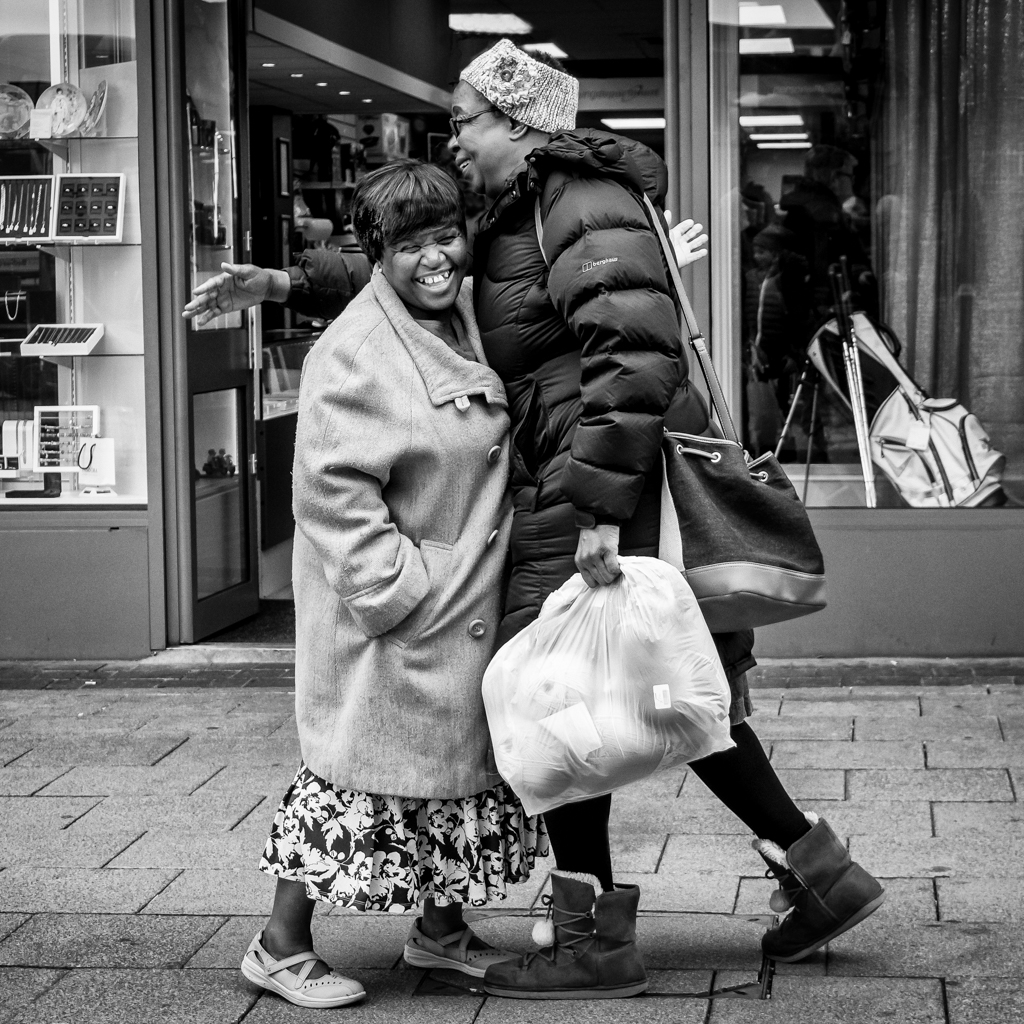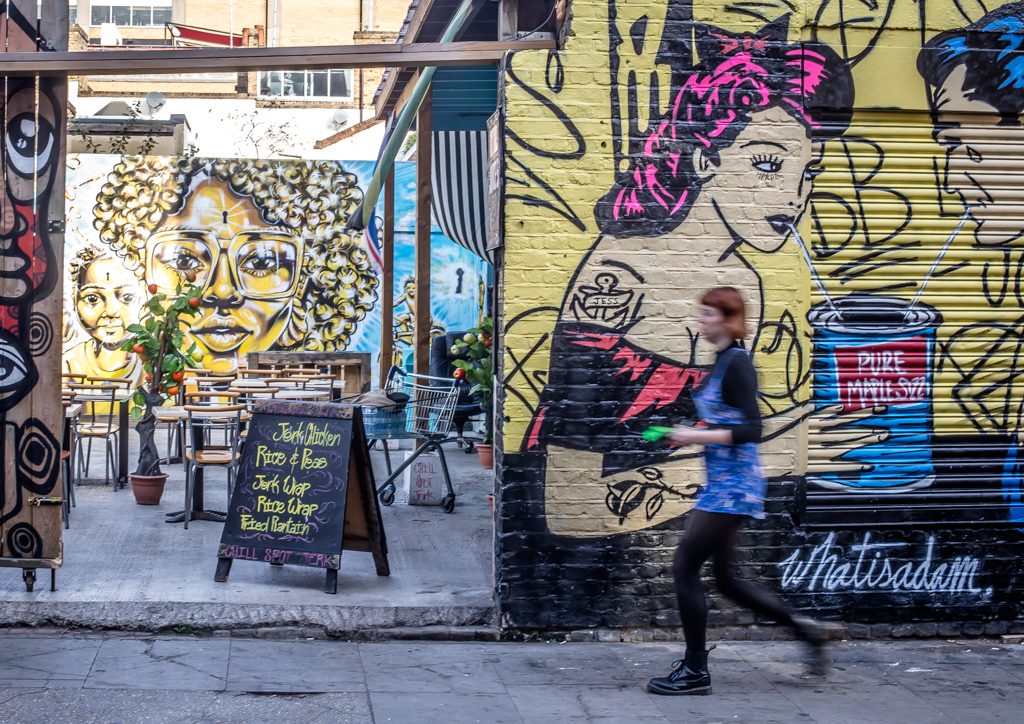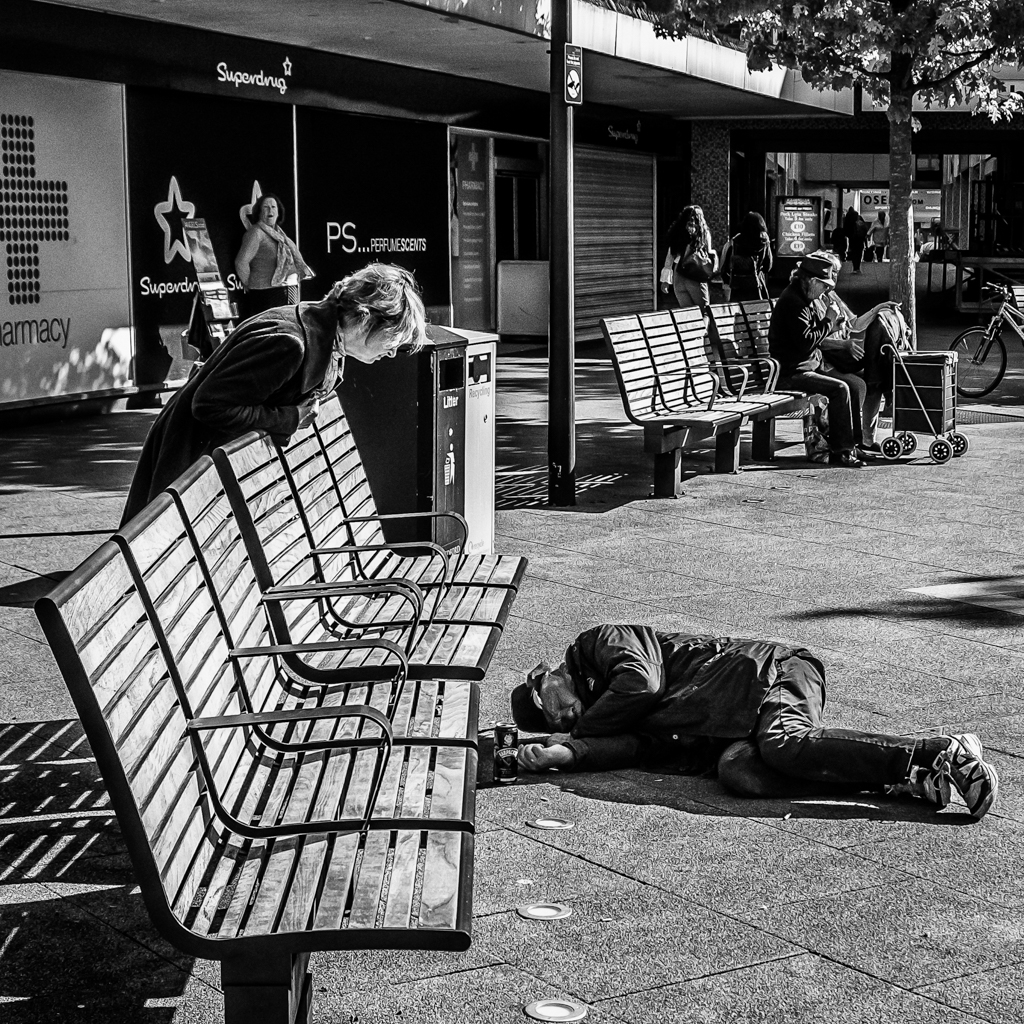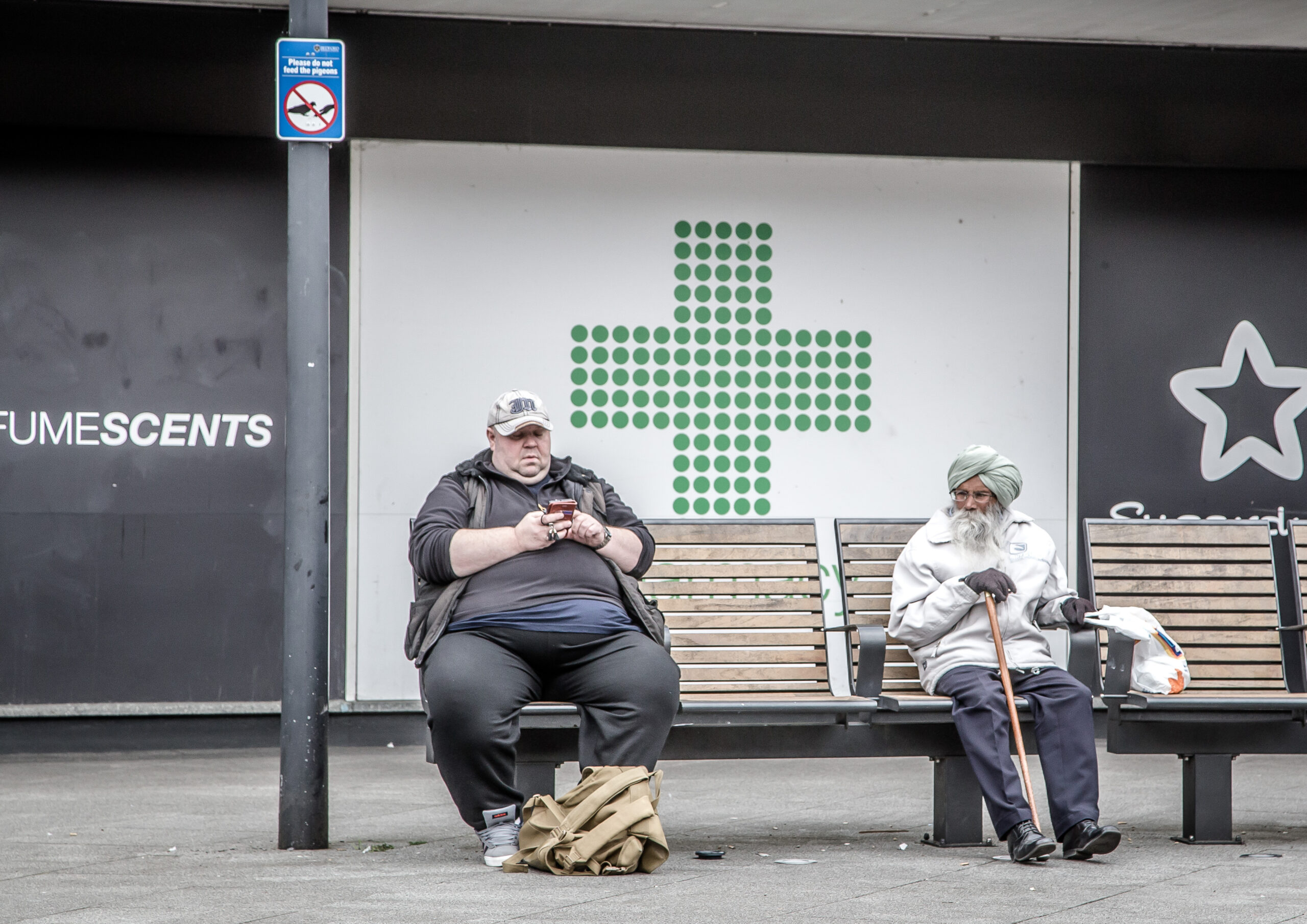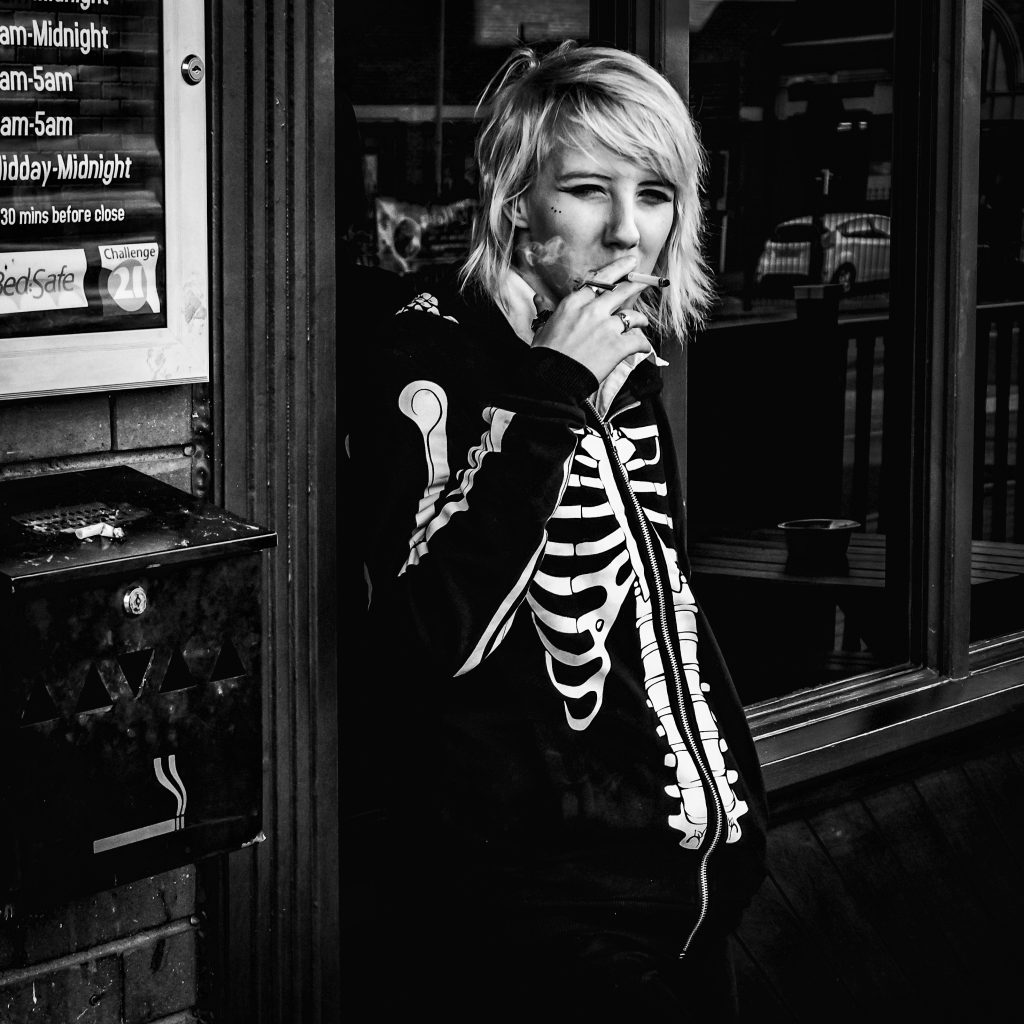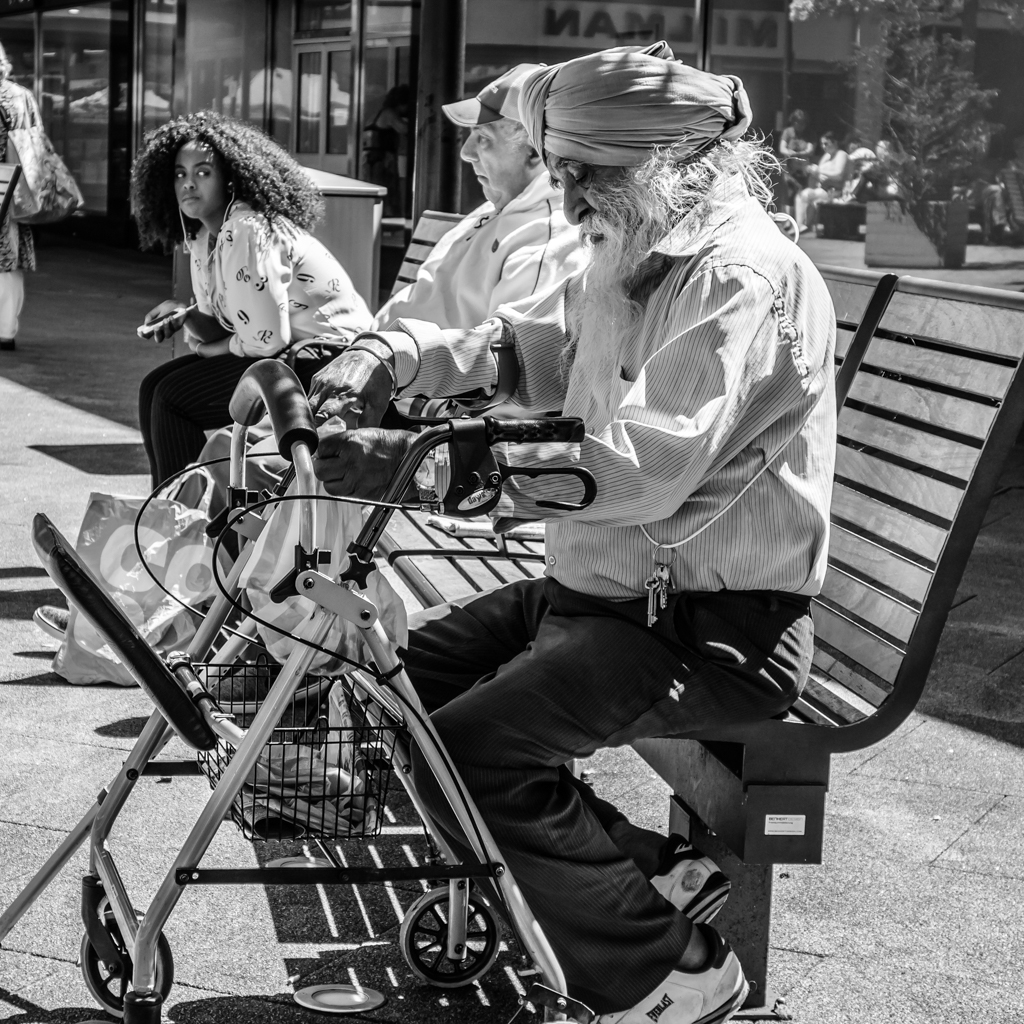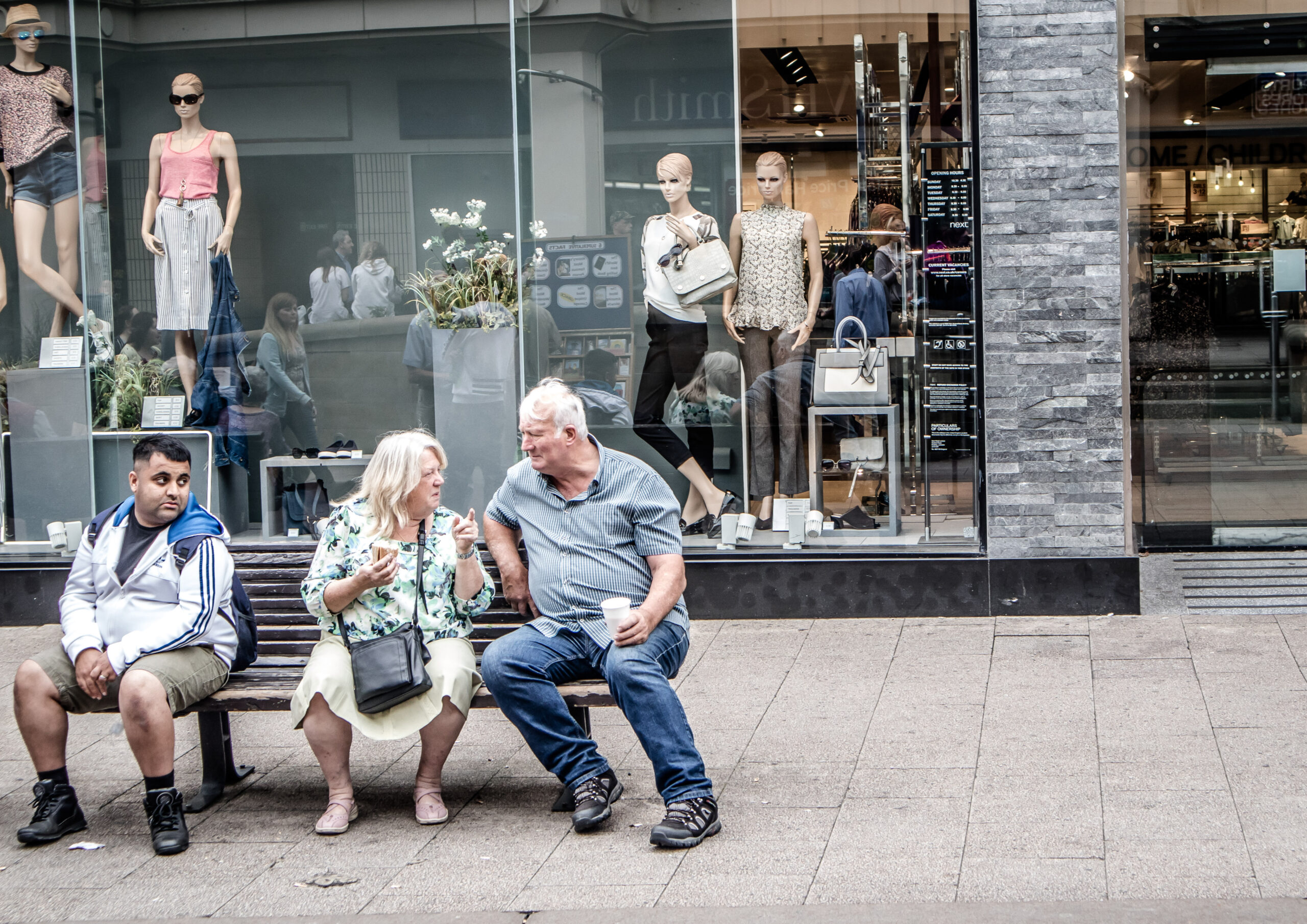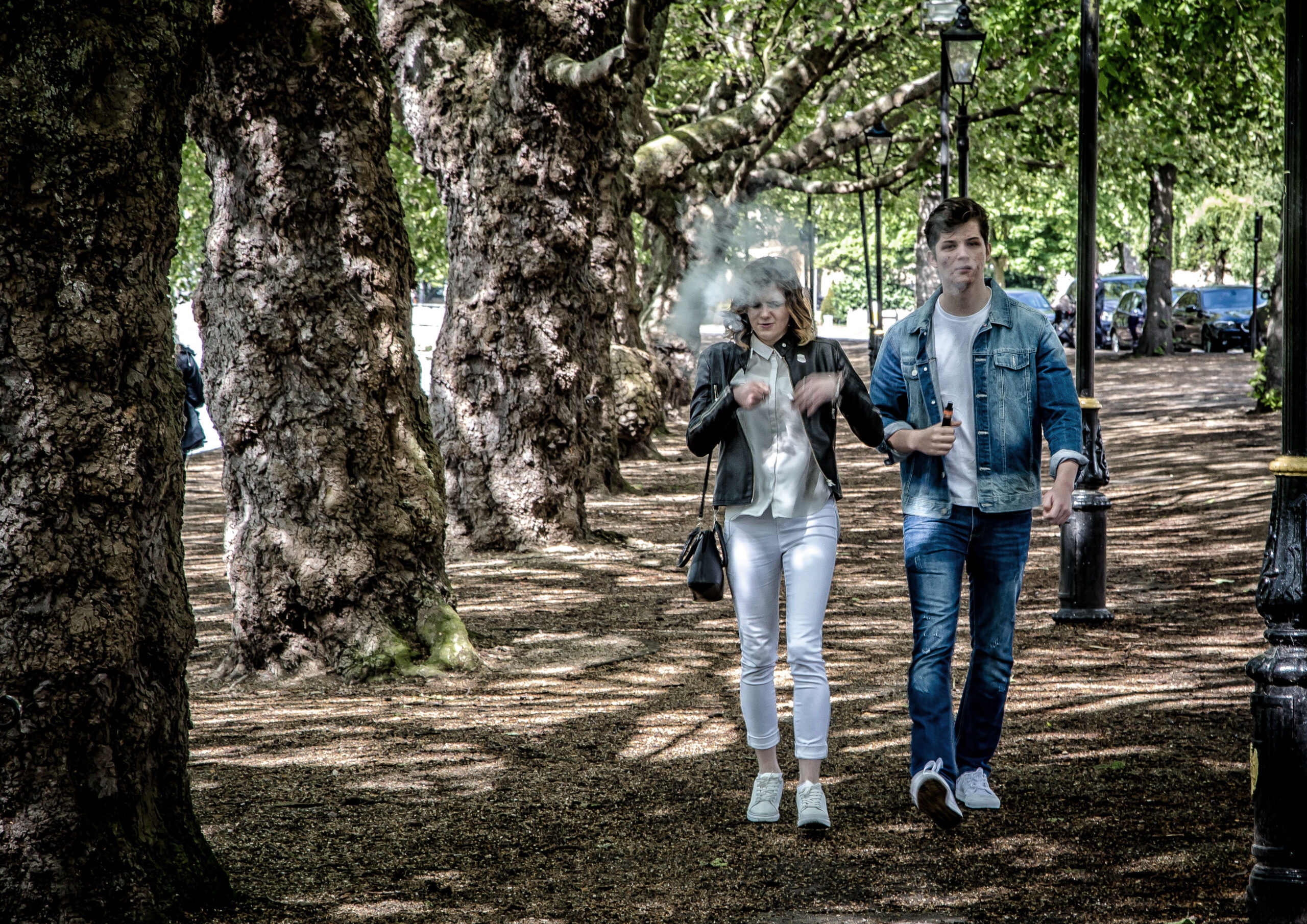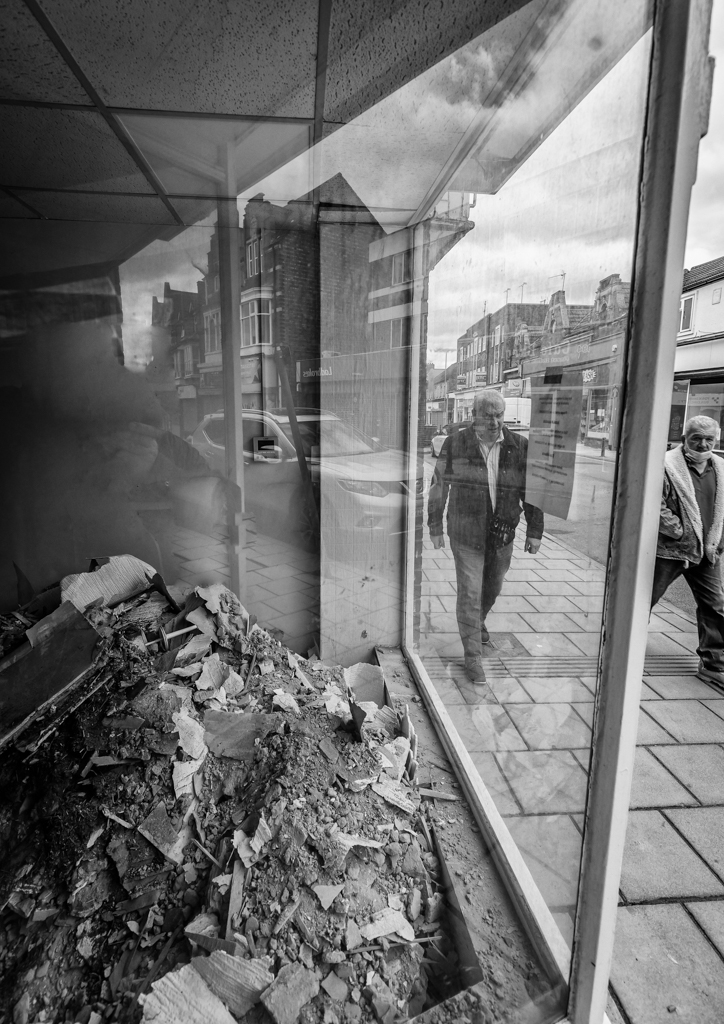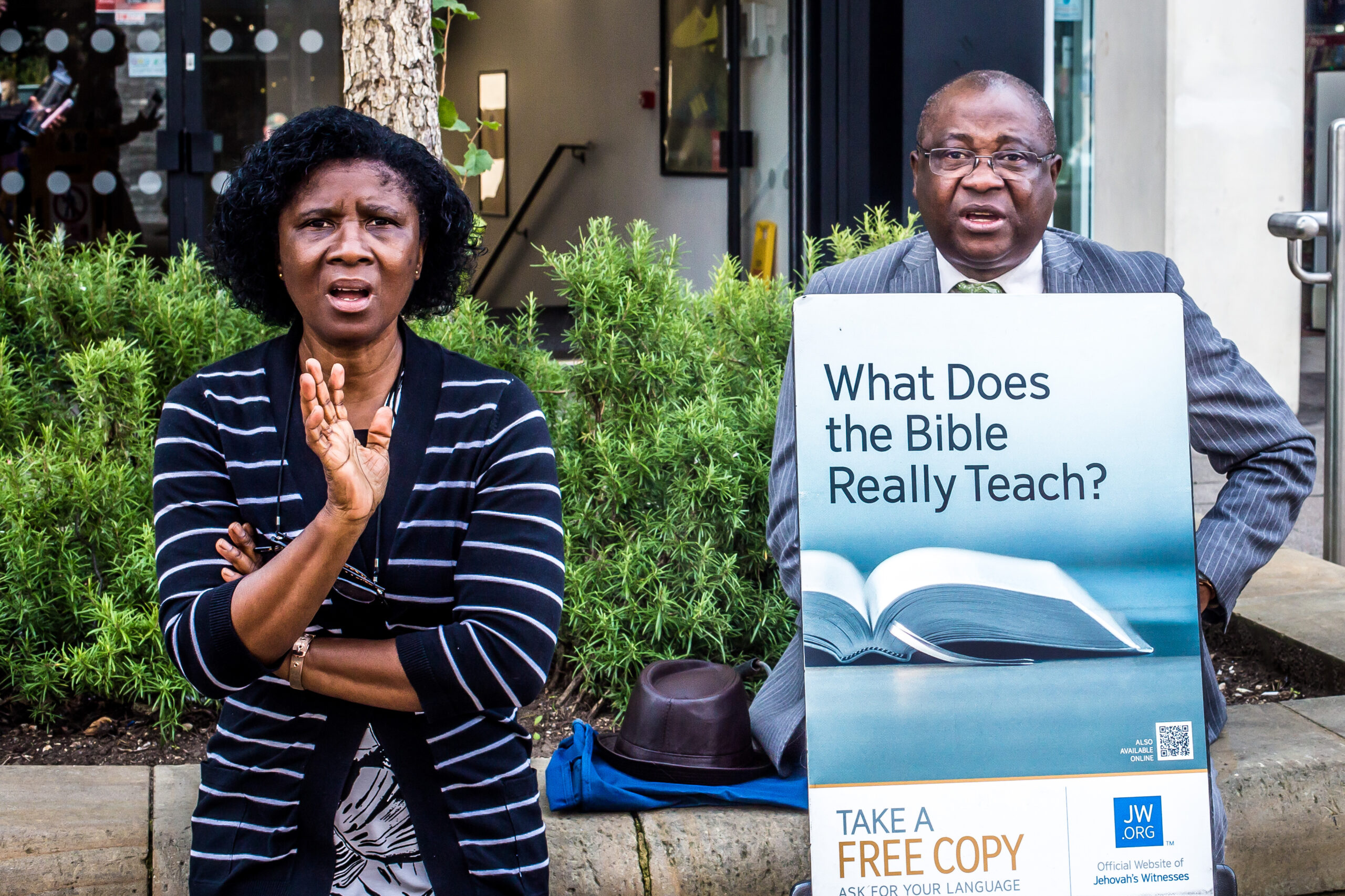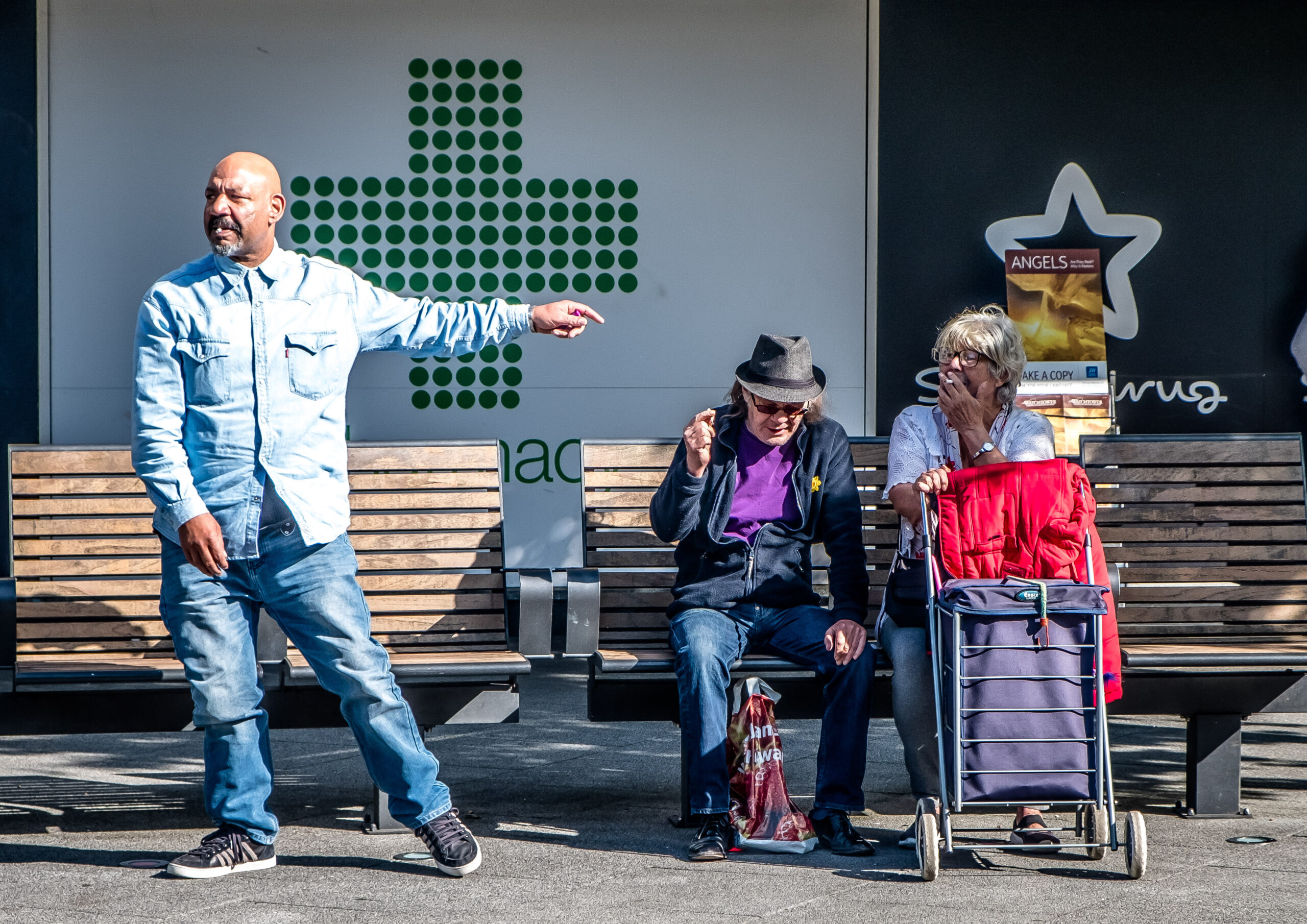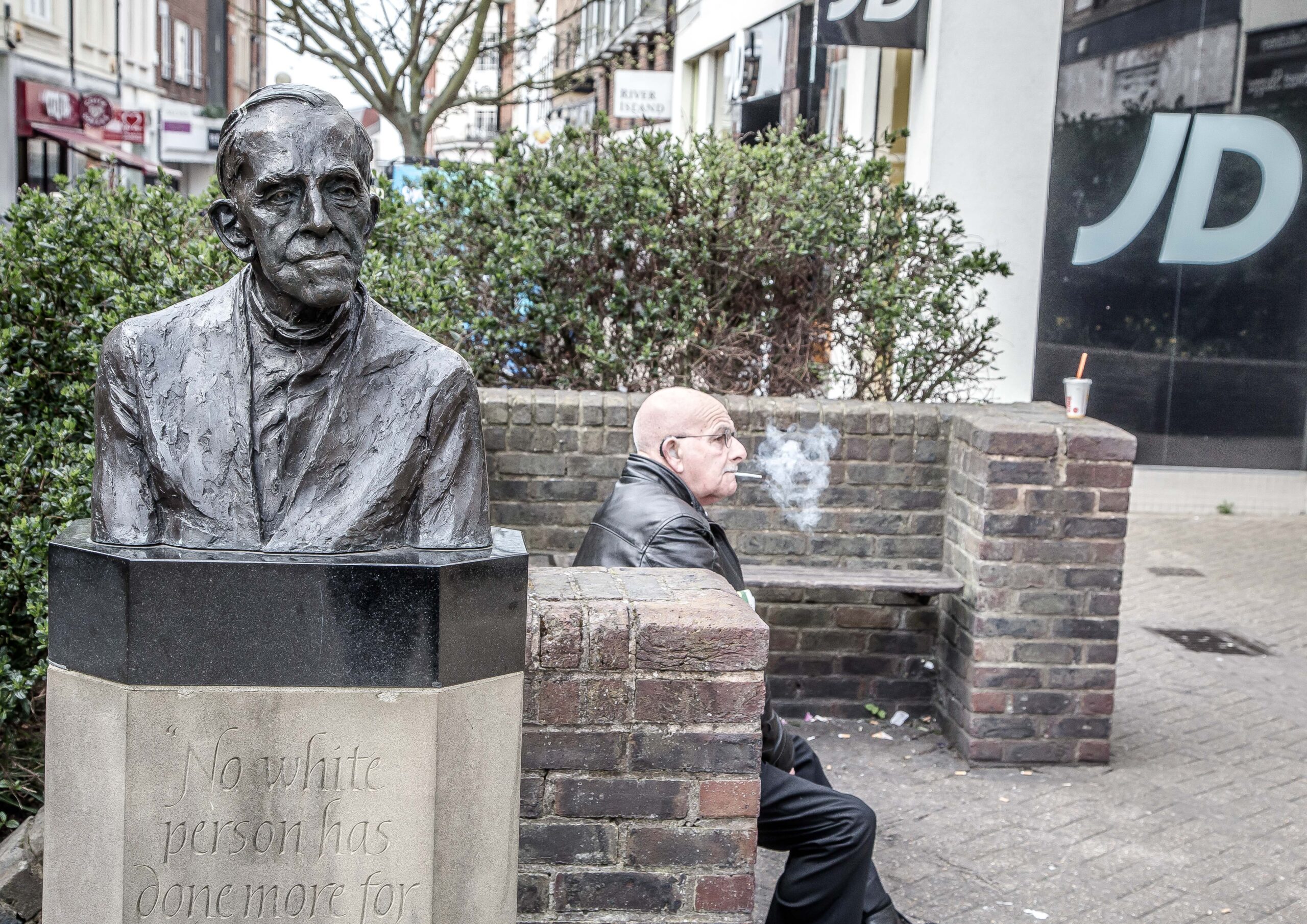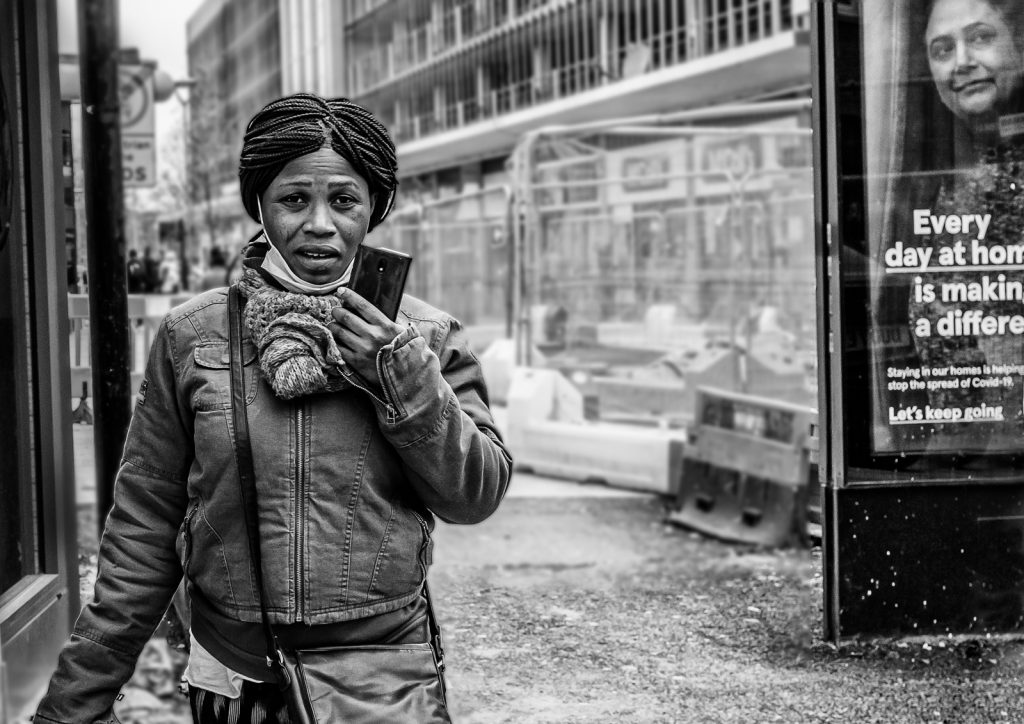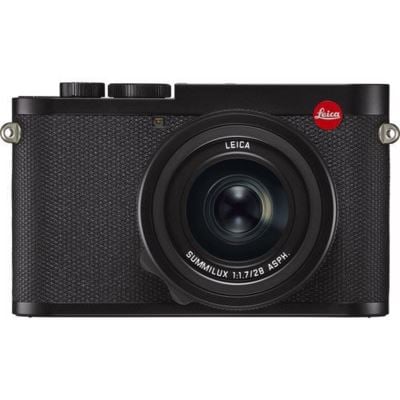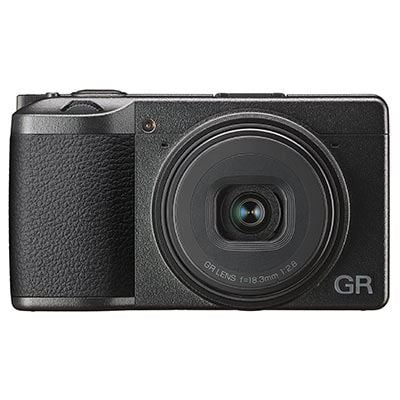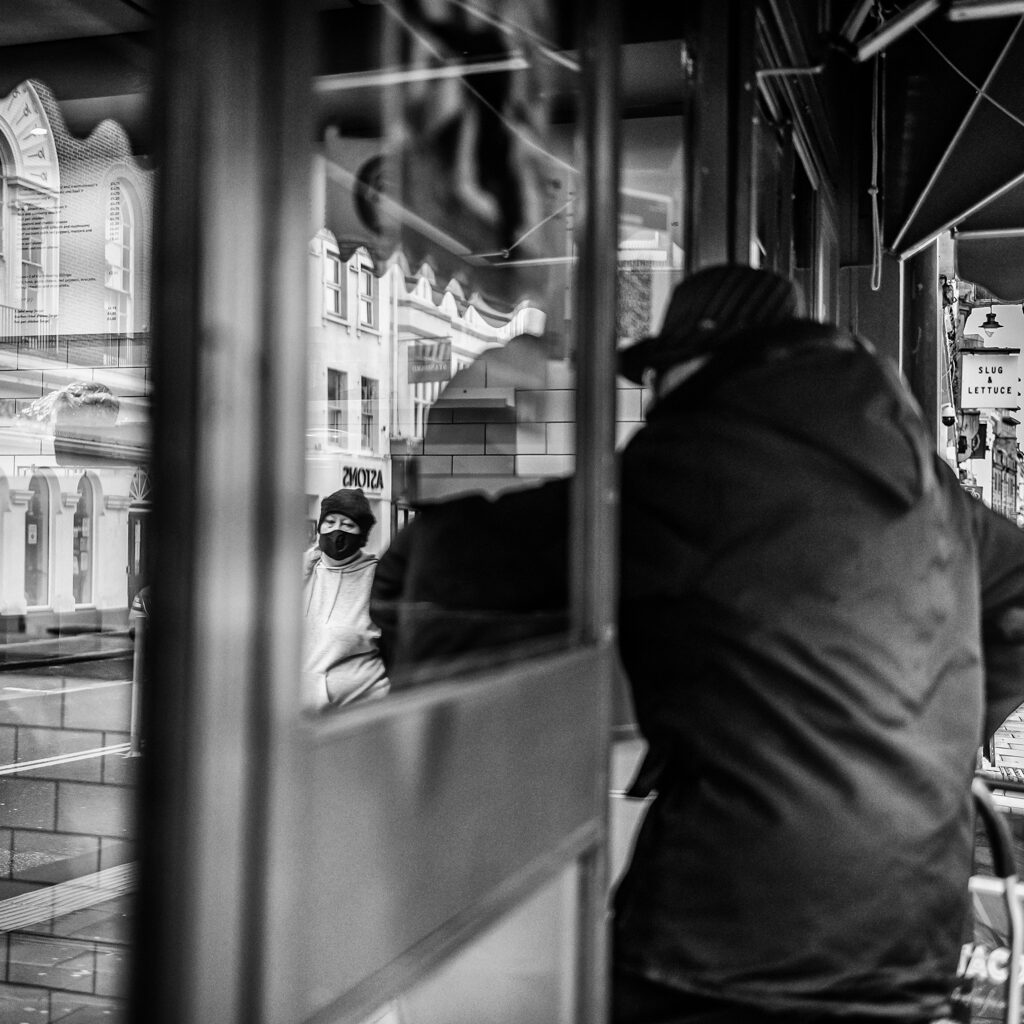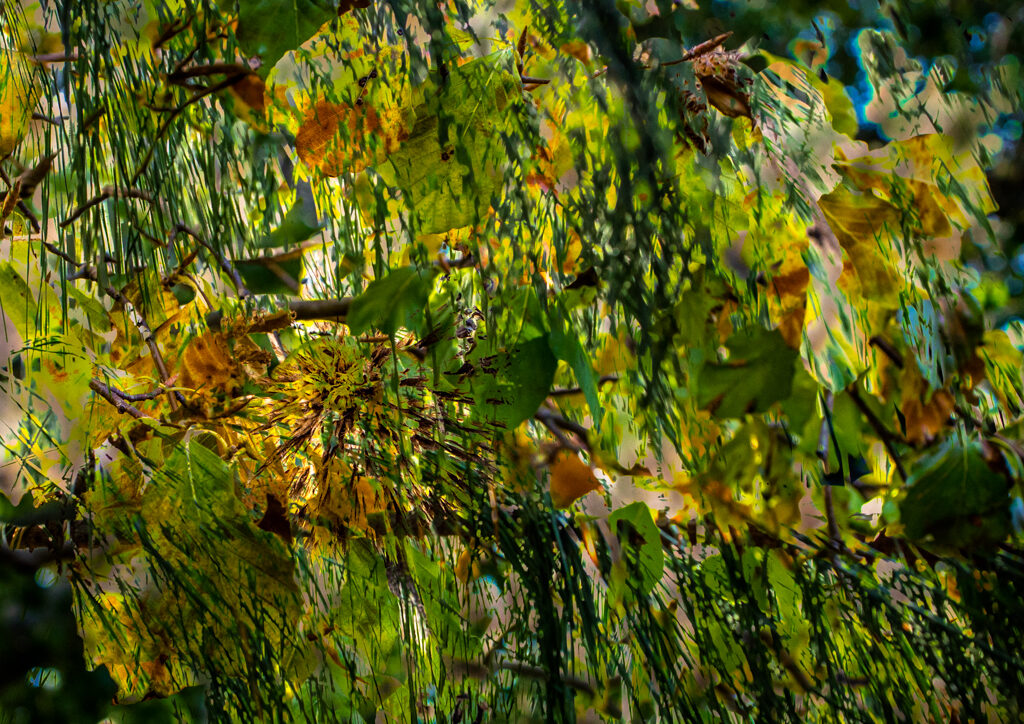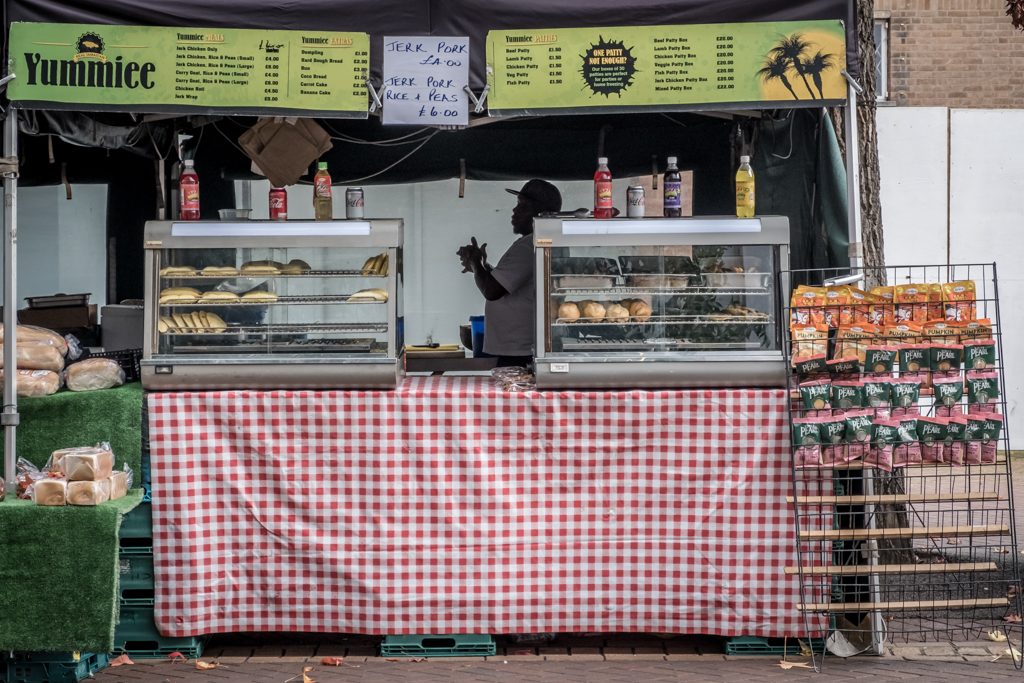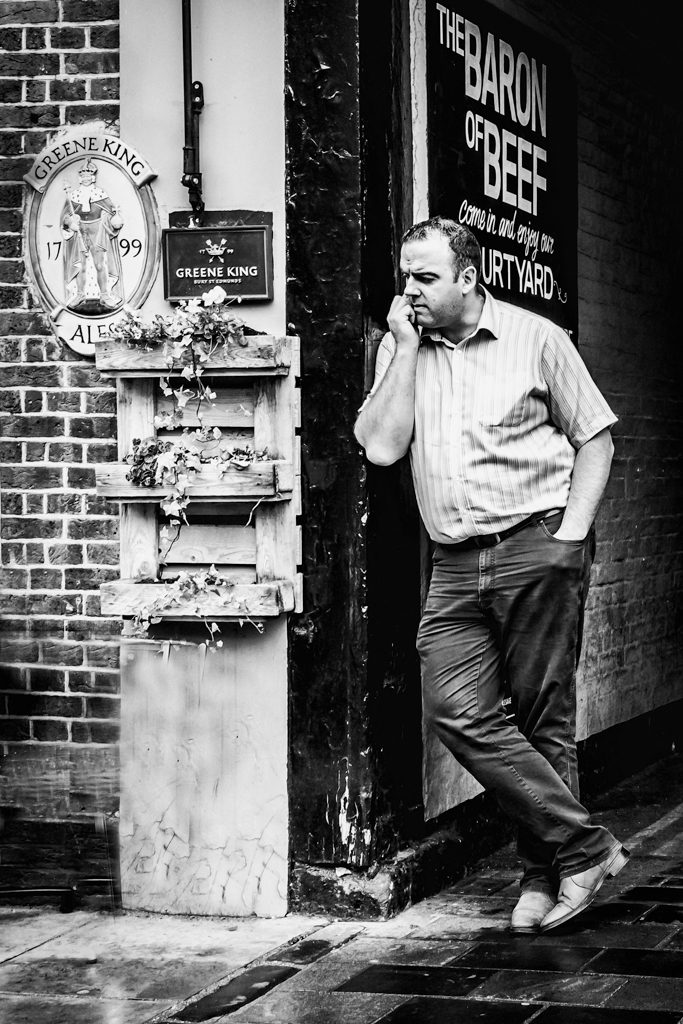Joel Meyorowitz is a contemporary of Tony Ray-Jones. His YouTube videos are both educational and inspirational.
Here he describes how his photography is not the record of a single thing, but the coming together of two different things. This is about contradictions and connections in photographs which we talk about frequently in these pages. However for Meyerowitz it is about having the scene as busy as possible so that the eye is not necessarily drawn to just one thing.
This is how he works and why it is important to photograph in colour, and not have a single thing dominate the image.
